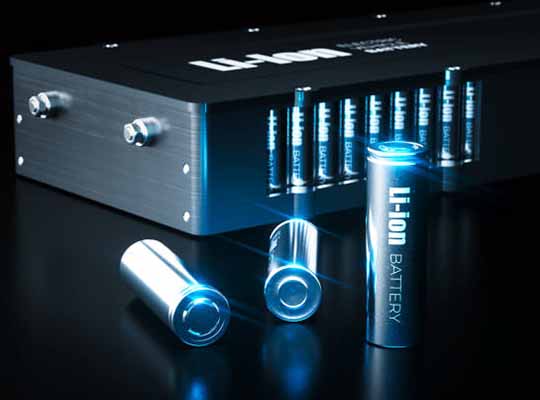NEW YORK – The value of the global lithium-ion battery recycling market is set to rise from $161.4 million in 2020 to $991.5 million by 2030, growing at a CAGR of 19.9%.
The COVID-19 pandemic has hurt the growth prospects of the lithium-ion battery recycling market due to the lockdowns implemented around the world. These measures led to the closure of not only battery recycling stations but also the industries that require the metal, including automotive and consumer electronics. This led to curtailed battery recycling activities and a lower demand for the various salvaged materials.
In the coming years, the lithium–cobalt oxide (LCO) category is expected to generate the highest revenue for the lithium-ion battery recycling market, on the basis of battery type. LCO batteries have a long operational duration, high performance, high discharge voltage, and high energy density, which leads to their high-volume usage. Essentially, their high adoption in consumer electronics results in a large number of them reaching the end of their life and being recycled.
The automotive category will witness the highest CAGR in the lithium-ion battery recycling market in the years to come, based on end user. With the burgeoning EV sales, the demand for lithium-ion batteries is growing. But, as lithium reserves are limited and their mining has a detrimental environmental impact, automakers are opting for recycled battery materials, rather than batteries with freshly mined lithium and other metals.
The major factors behind the growth of such activities are:
- Booming EV Sector: Due to the rising levels of greenhouse gases (GHGs) in the atmosphere, governments around the world are promoting electric vehicles (EVs). Further, the adoption of lithium-ion batteries in such automobiles is growing on account of the former’s dropping costs, higher energy density, longer life, lower weight, environment-friendliness in disposal, and extended driving range.
- Limited Lithium Availability: The limited availability of lithium is the biggest driver for the lithium-ion battery recycling market due to the rising demand for this metal in EV and consumer electronics batteries. Moreover, the mining of lithium is harmful to the environment as it requires a lot of water and the metal often leeches into waterbodies, thus contaminating them. Hence, to meet the increasing requirement for this metal without putting a strain on the environment, a rising number of lithium-ion batteries are being recycled.
Asia-Pacific (APAC) held the largest share in the lithium-ion battery recycling market in the past, and it will keep doing so in the near future. Being the largest consumer electronics and EV manufacturer, the demand for lithium and other associated battery materials is the highest here. Government initiatives are propelling EV sales, while the rising disposable income is driving the adoption of consumer electronics. Thus, the escalating demand for battery materials is resulting in the increasing recycling and salvaging activities.
The most-prominent companies in the global lithium-ion battery recycling market are ACCUREC-Recycling GmbH, Li-Cycle Corp., American Manganese Inc., Neometals Ltd., RECUPYL S.A.S., Batrec Industrie AG, Retriev Technologies, Hunan Brunp Recycling Technology Co. Ltd., Umicore Group, and Ganfeng Lithium Co. Ltd.











